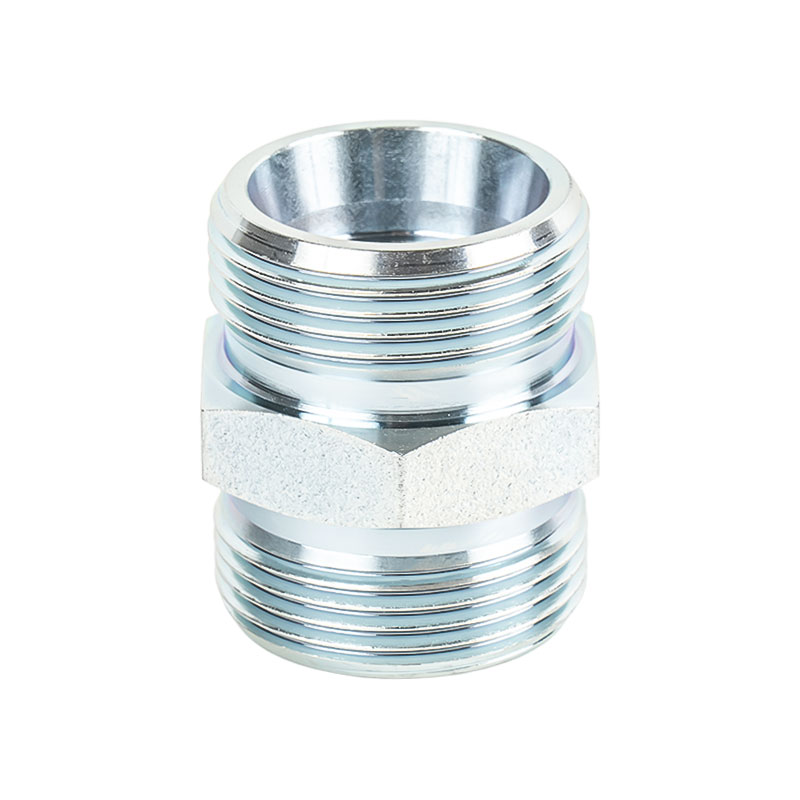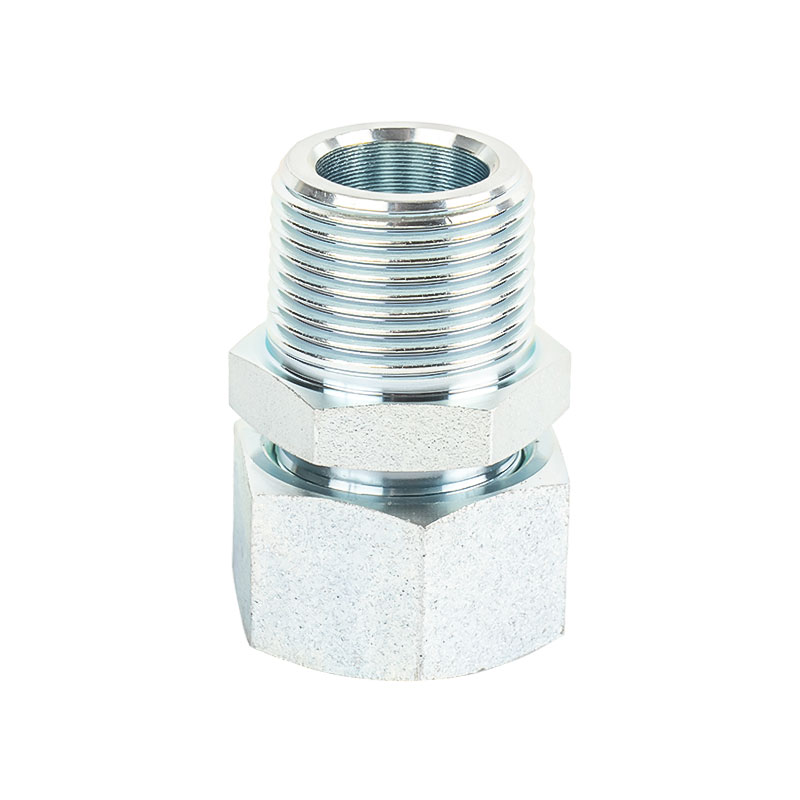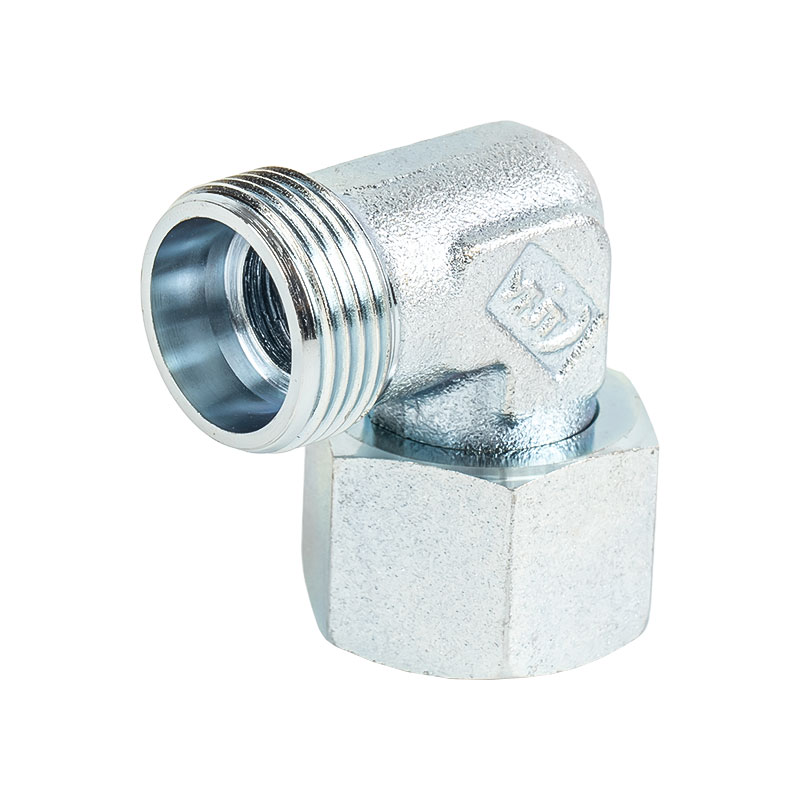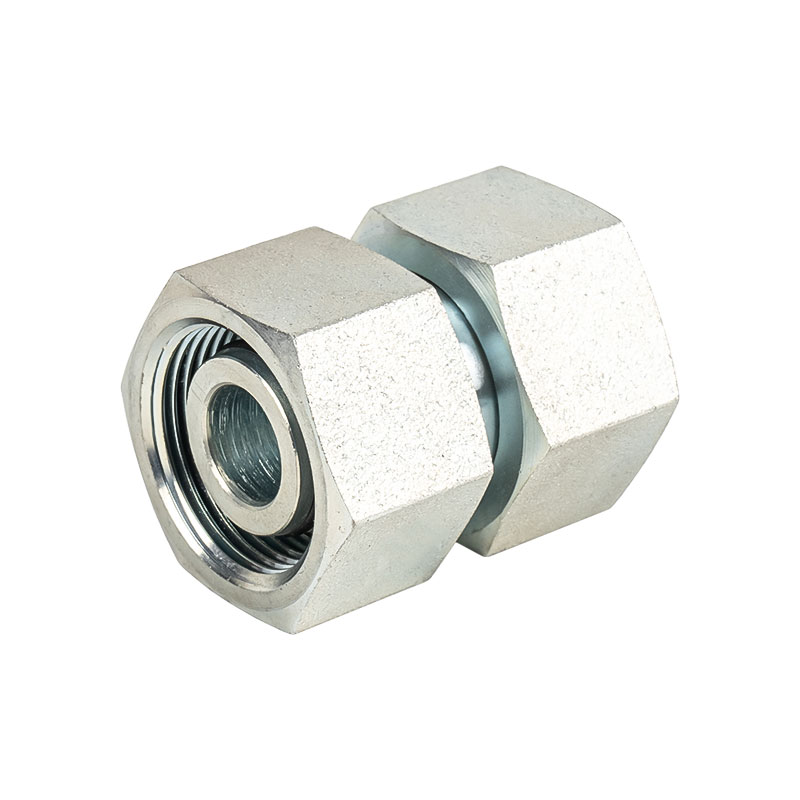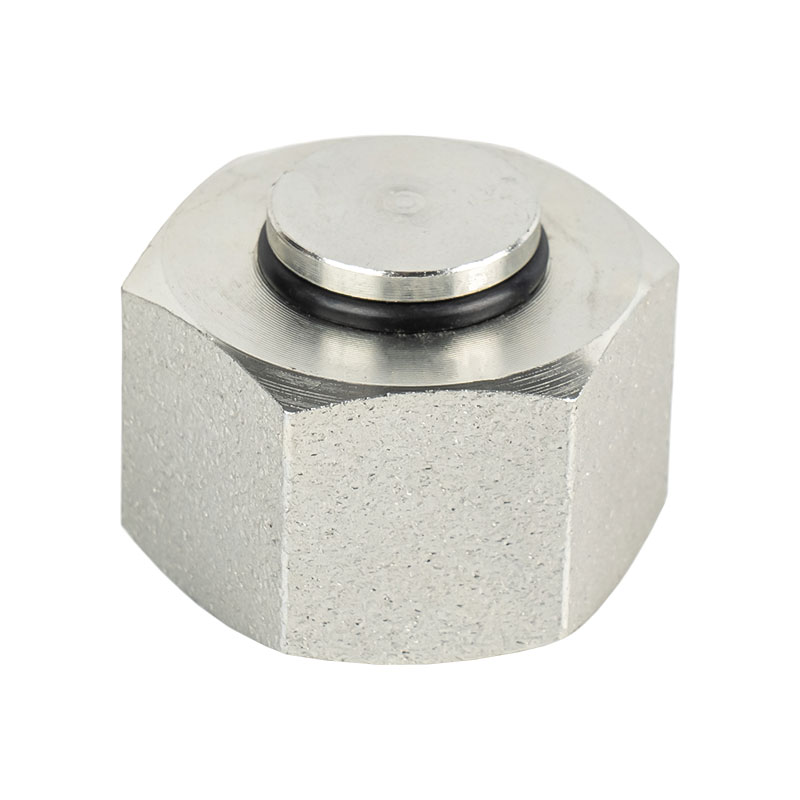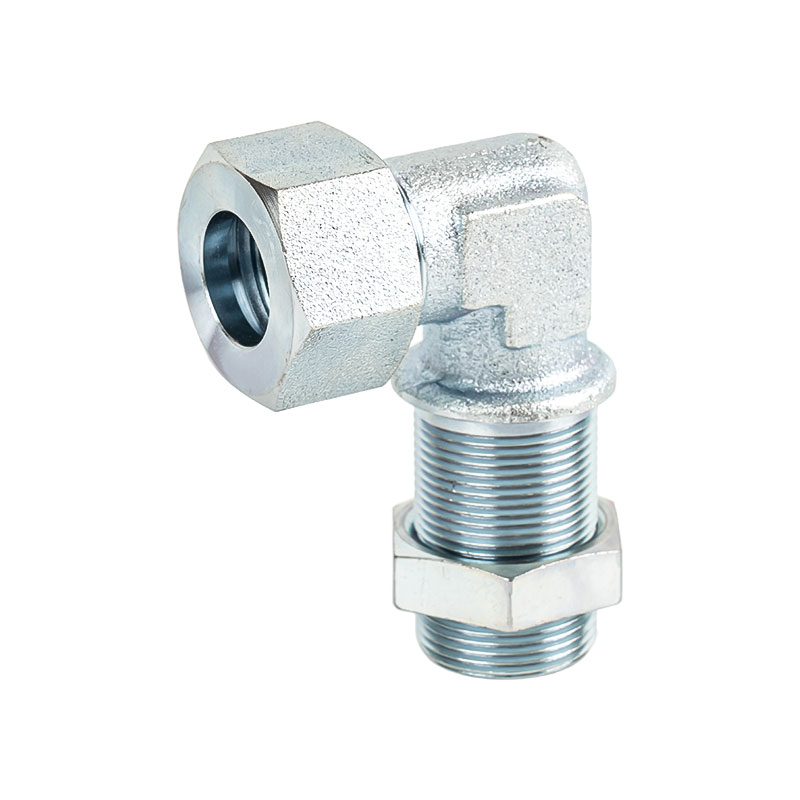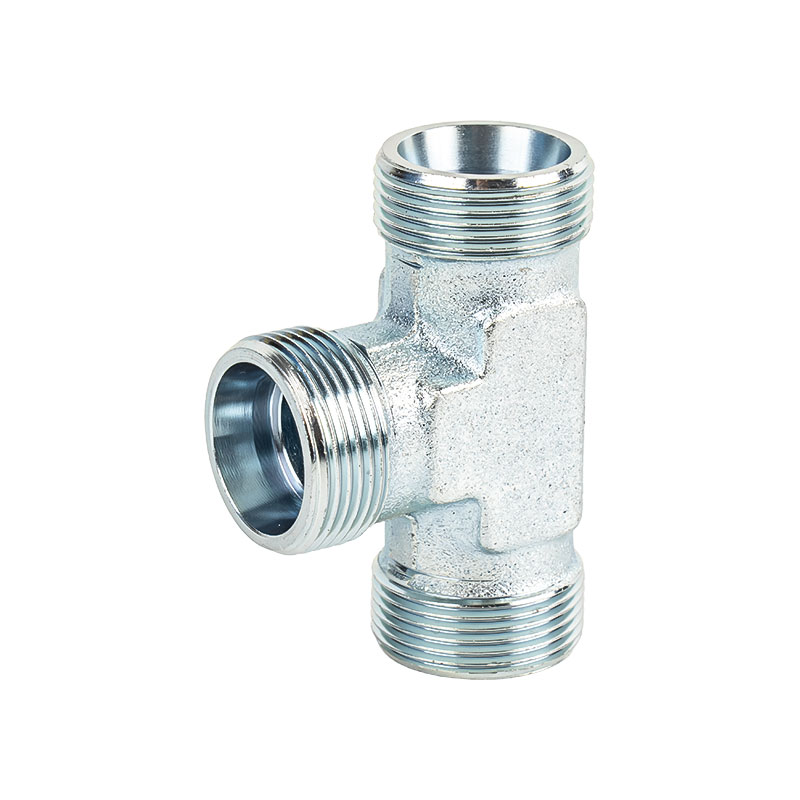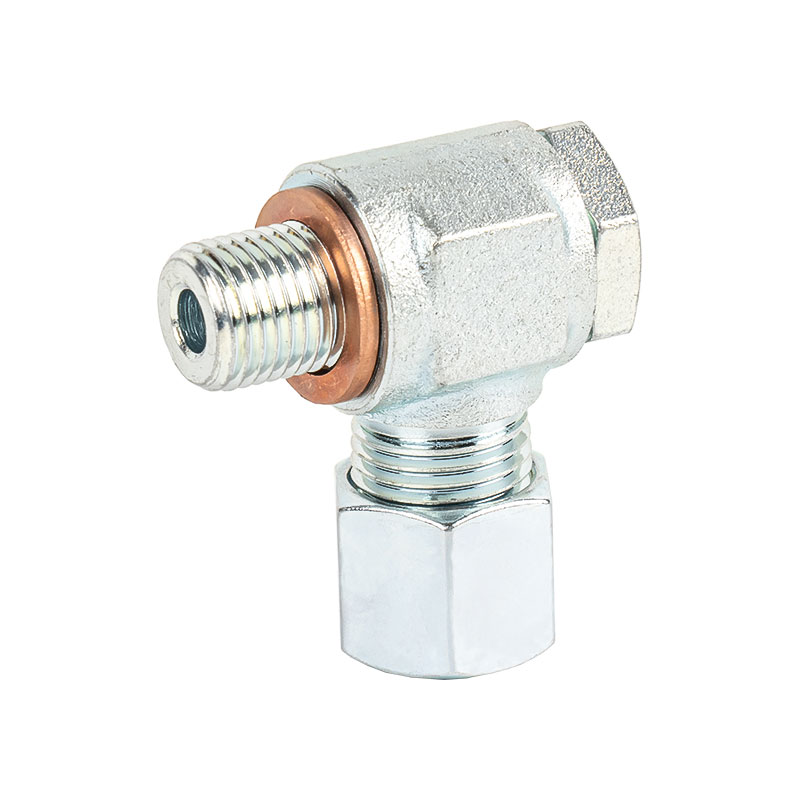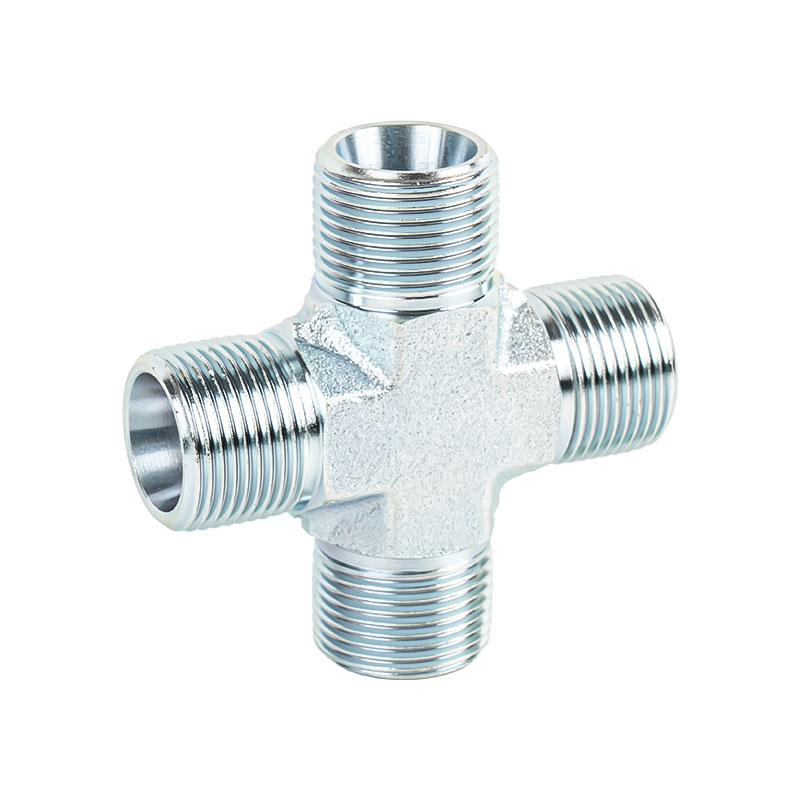Stability of adapter fittings in high temperature or humid environments
Adapter fittings play important functions such as power connection and signal conversion in daily life and industrial applications. Under different environmental conditions, especially in high temperature or humid places, their working stability and reliability have become the focus of users. This article will analyze the performance of adapter fittings in high temperature or humid environments and how manufacturers can improve their stability through optimized design from the aspects of material selection, structural design, sealing process, electrical safety, etc.
Material selection affects stability
The shell material and internal insulation structure of adapter fittings play a key role in high temperature or humid environments. Commonly used shell materials such as flame-retardant plastics, engineering polymers or aluminum alloys have strong thermal stability and moisture resistance, and are not easy to deform, crack or swell due to moisture. In terms of internal structure, conductive parts are usually made of copper or copper alloys, and are treated with nickel plating, tin plating, etc. to enhance their anti-oxidation ability, reduce contact resistance, and improve conduction efficiency.
Insulating materials such as epoxy resin, silicone or polytetrafluoroethylene are often used to protect circuit parts. These materials can maintain good insulation properties at high temperatures and resist the erosion of the circuit by moisture penetration, thereby ensuring electrical safety and stable operation.
Structural and sealing design improves adaptability
In response to the use requirements in complex environments, adapter fittings usually adopt a closed structure or modular sealing design. For example, the socket and plug parts are protected by rubber rings or silicone seals to reduce the entry of water vapor or dust in the air into the interior. Some products are also equipped with dust covers or sliding protective layers to protect the ports when not in use.
In order to adapt to high-temperature occasions, the internal wiring and electronic components are usually kept at a reasonable distance to facilitate heat dissipation. Some fittings are also designed with ventilation holes or heat dissipation fins on the shell to help quickly release heat and reduce the impact of temperature rise on component performance. These structural optimizations enable fittings to maintain normal working conditions under high temperature or high humidity, avoiding problems such as short circuits, overheating, and poor contact.
Importance of electrical protection measures
Adapter fittings are more prone to electrical failures in humid or high-temperature environments, so their safety protection design is particularly critical. To enhance their stability, manufacturers usually add overcurrent protection, short-circuit protection, and temperature sensing devices to the circuit. Once the system detects abnormal temperature rise or excessive humidity, it will automatically cut off the power supply or reduce the output to reduce the risk of damage.
Some adapter fittings are also designed with waterproof grade certification, such as achieving specific waterproof performance through sealing process, and can be used outdoors or in high humidity environments. Such products usually have additional protective coatings to effectively block water vapor from eroding the line.
Usage environment and maintenance recommendations
When using adapter fittings in high temperature or humid environments, users should pay attention to the installation location and heat dissipation and ventilation conditions. Avoid installing fittings in closed, unventilated small spaces, and keep them away from heat sources or direct sunlight to prevent excessive temperature from causing accelerated aging.
For humid environments, such as basements or outdoor places, you can choose adapters with waterproof protection and regularly check whether their joints are dry and firm. If condensation, water stains or oxidation marks are found on the port, it should be cleaned or replaced in time to prevent safety hazards.

 中文简体
中文简体